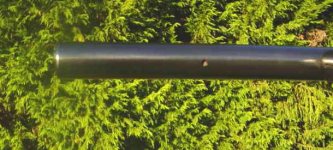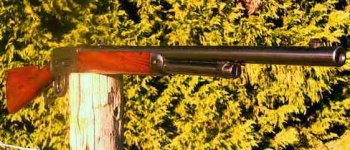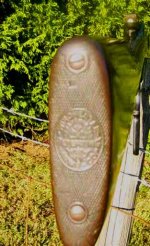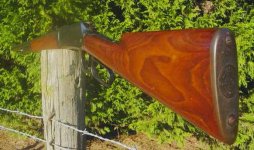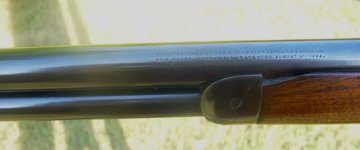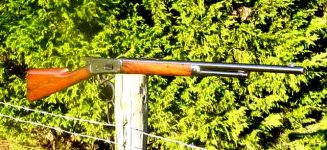Help! 1914 Winchester 1894 *Pics added
Help please with info on a 1914 Winchester 1894 32ws nickle steel - 20" plain barrel, magazine stops short of barrel muzzle by 5 1/4", plastic Win buttstock is not cresant. Nothing adds up for me. No saddle ring, no checkering, correct sn for 1914. What the heck do I have? Can add different pics too. Appreciate any help. Thanks!
Help please with info on a 1914 Winchester 1894 32ws nickle steel - 20" plain barrel, magazine stops short of barrel muzzle by 5 1/4", plastic Win buttstock is not cresant. Nothing adds up for me. No saddle ring, no checkering, correct sn for 1914. What the heck do I have? Can add different pics too. Appreciate any help. Thanks!
Attachments
Last edited:

